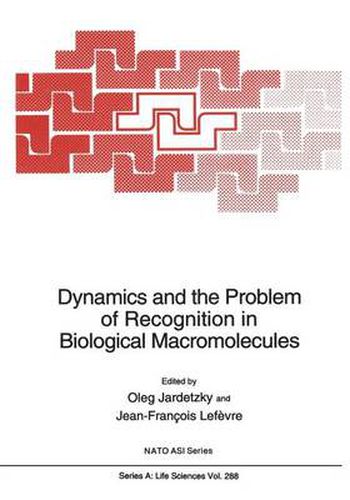Readings Newsletter
Become a Readings Member to make your shopping experience even easier.
Sign in or sign up for free!
You’re not far away from qualifying for FREE standard shipping within Australia
You’ve qualified for FREE standard shipping within Australia
The cart is loading…






This title is printed to order. This book may have been self-published. If so, we cannot guarantee the quality of the content. In the main most books will have gone through the editing process however some may not. We therefore suggest that you be aware of this before ordering this book. If in doubt check either the author or publisher’s details as we are unable to accept any returns unless they are faulty. Please contact us if you have any questions.
From within complex structures of organisms and cells down to the molecular level, biological processes all involve movement. Muscular fibers slide on each other to activate the muscle, as polymerases do along nucleic acids for replicating and transcribing the genetic material. Cells move and organize themselves into organs by recognizing each other through macromolecular surface-specific interactions. These recognition processes involve the mu tual adaptation of structures that rely on their flexibility. All sorts of conformational changes occur in proteins involved in through-membrane signal transmission, showing another aspect of the flexibility of these macromolecules. The movement and flexibility are inscribed in the polymeric nature of essential biological macromolecules such as proteins and nucleic acids. For instance, the well-defined structures formed by the long protein chain are held together by weak noncovalent interac tions that design a complex potential well in which the protein floats, permanently fluctuating between several micro- or macroconformations in a wide range of frequencies and ampli tudes. The inherent mobility of biomolecular edifices may be crucial to the adaptation of their structures to particular functions. Progress in methods for investigating macromolecular structures and dynamics make this hypothesis not only attractive but more and more testable.
$9.00 standard shipping within Australia
FREE standard shipping within Australia for orders over $100.00
Express & International shipping calculated at checkout
This title is printed to order. This book may have been self-published. If so, we cannot guarantee the quality of the content. In the main most books will have gone through the editing process however some may not. We therefore suggest that you be aware of this before ordering this book. If in doubt check either the author or publisher’s details as we are unable to accept any returns unless they are faulty. Please contact us if you have any questions.
From within complex structures of organisms and cells down to the molecular level, biological processes all involve movement. Muscular fibers slide on each other to activate the muscle, as polymerases do along nucleic acids for replicating and transcribing the genetic material. Cells move and organize themselves into organs by recognizing each other through macromolecular surface-specific interactions. These recognition processes involve the mu tual adaptation of structures that rely on their flexibility. All sorts of conformational changes occur in proteins involved in through-membrane signal transmission, showing another aspect of the flexibility of these macromolecules. The movement and flexibility are inscribed in the polymeric nature of essential biological macromolecules such as proteins and nucleic acids. For instance, the well-defined structures formed by the long protein chain are held together by weak noncovalent interac tions that design a complex potential well in which the protein floats, permanently fluctuating between several micro- or macroconformations in a wide range of frequencies and ampli tudes. The inherent mobility of biomolecular edifices may be crucial to the adaptation of their structures to particular functions. Progress in methods for investigating macromolecular structures and dynamics make this hypothesis not only attractive but more and more testable.